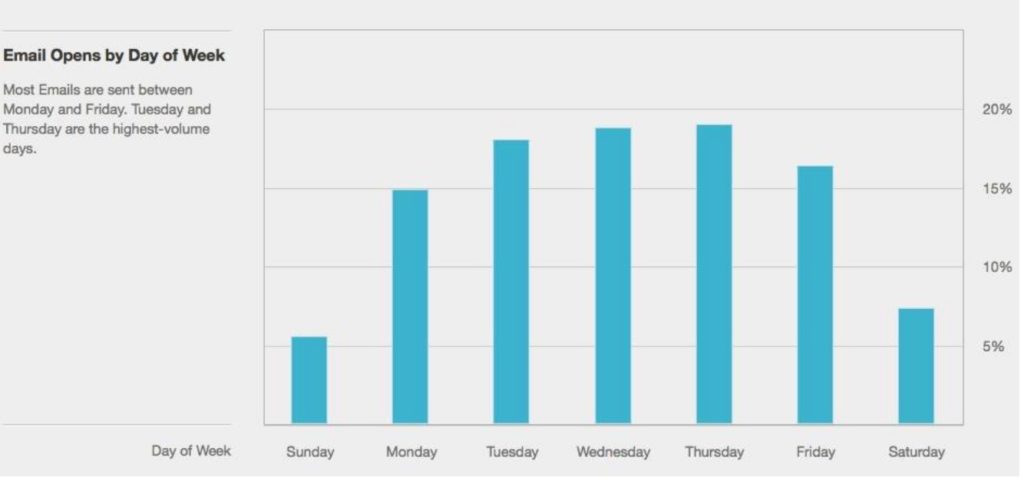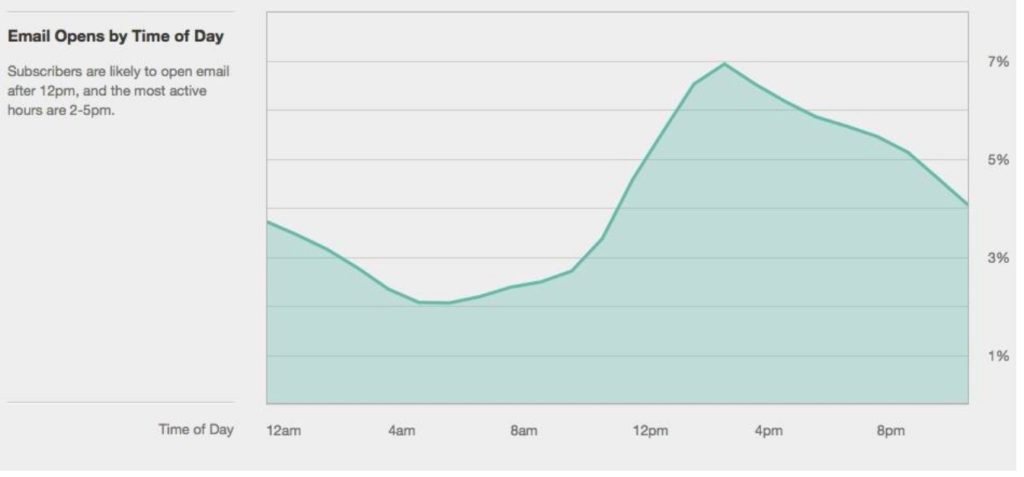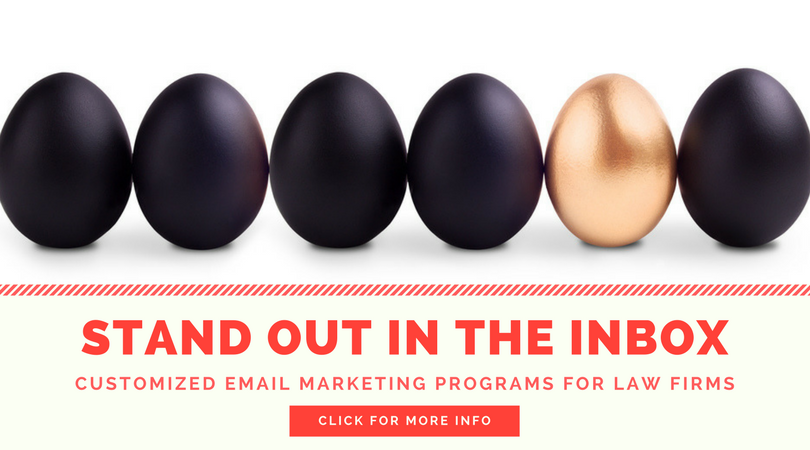Email marketing provides law firms with the most expedient and cost effective way to interact directly with prospects and clients. But only if you do it right. Here are 10 tips that will ensure you connect with current and prospective clients via email marketing:
- Only send to those who want to receive your emails.
Every email marketing service (Constant Contact, MailChimp, etc.) allows people to easily opt out of receiving messages. Their dashboards also tell you how people are engaging with your emails. If you have lists with low engagement rates, then stop sending to them. We all get emails we’re not interested in and find it annoying to have to keep deleting them. Don’t annoy people; if they have not shown any interest in your emails in the past year, cull them from your list.
- Have a goal for every email you send.
Every email you send should have a goal, whether it’s to get people to sign up for your upcoming seminar, redeem the offer of a free ebook, attend a lecture, etc. Make sure your emails are clear about the goal you want to achieve — i.e., the action you want your recipients to take — or it serves little purpose for your marketing program.
- Personalize your emails.
It’s been said that the sweetest sound is the sound of our own name. Perhaps this is why personalizing emails with a recipient’s first name consistently delivers higher click-through rates.
- Personalize your sender email.
Make sure the emails you are sending are coming from a real person, not a “noreply” or “info” address.
- Test sending emails on different days.
Everyone thinks Mondays, Fridays, and the weekend are the worst days to send email. However, because everyone thinks like this, the other three days — Tuesdays, Wednesdays and Thursdays — are the days with the highest volume of emails.
Experiment with sending your emails on different days and times because there is no one perfect day or time to send emails. It all depends on your audience! Check your analytics to see how many people are opening your emails on mobile devices. If it’s the majority, then it’s OK to send at what others may view as “off” times because studies show that people who open their email on mobile devices tend to do so at all hours, including later in the evening.
However, you will not know what works best for you unless you do some testing to see when your target audience is more likely to open and read your emails.
- Engage with people who have already interacted with you.
Don’t buy email lists. You will only be spending money on totally unqualified leads that you will probably annoy by emailing to them. If they haven’t interacted with you on some level or didn’t ask to be put on your list, just don’t. On the other hand, you can feel free to ramp up your engagement with those who have filled out a form because they have specifically asked you for something. These are the people you should be spending your time and money on.
- Check your email open rates.
You should check your email open rates after every email campaign you send and watch for negative trends. This could signal that you are not fulfilling the expectations of your subscribers and their next step may be to report your emails as spam. If your open rates are falling, ramp up your testing to see if you can improve.
- Create great subject lines.
While you want to steer clear of clickbait subject lines (“Kim Kardashian Would Pay $10 Million to Know This”), you do want to grab attention from the get-go. Just make sure your content pays off the promise of your subject line or your recipients will bounce, taking your clickthrough rates down with them.
- Use great images.
There are so many good free stock photo sites out there that you can’t get by anymore with boring (or worse, no) images. Since people process images much faster than text, compelling imagery can drive home your points and get them to take action.
- Optimize for mobile.
Today, more people open their email on their smartphones than their desktops. If your email is not optimized for mobile, they will not pinch and stretch your message to get to the content. All the major email marketing services do this for you automatically but you still need to review your message in your service’s mobile viewer before you send to be sure you haven’t buried your call-to-action too far down in the email.






